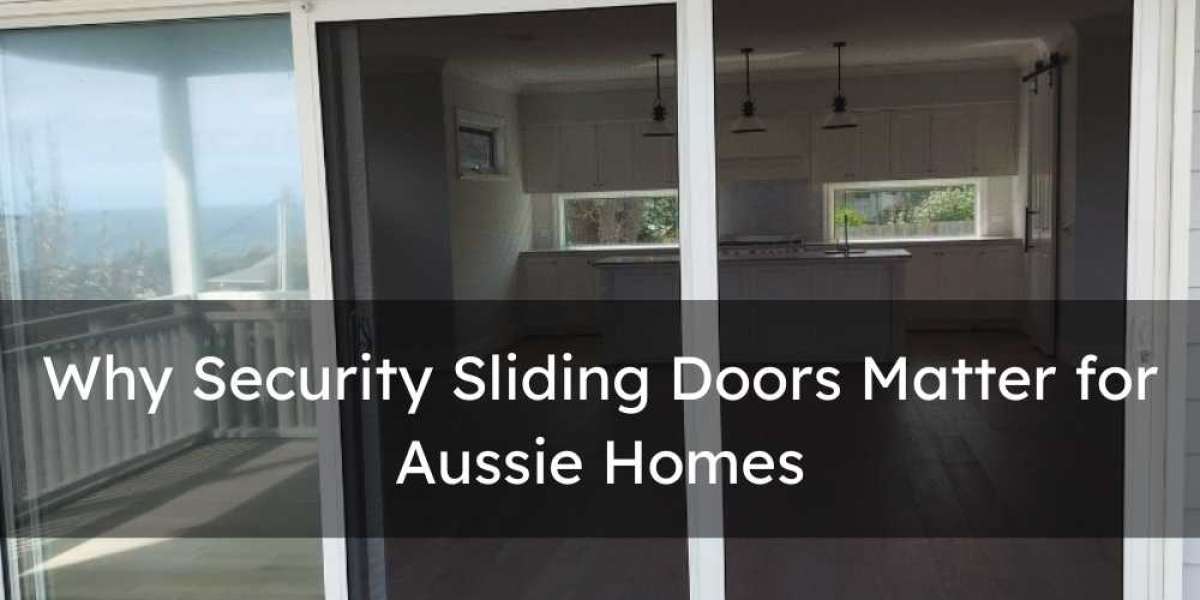More of us want doors that feel open yet hold firm when it matters. Sliding security designs step in where old flyscreens fell short, pairing airflow and clear views with serious, tamper-resistant hardware. In everyday homes, top-rated security sliding doors blend marine-grade mesh, deep frames, and multi-point locks so back patios don’t become weak points. They slide rather than swing, save space on tight decks, and keep cross-breezes moving when the house is busy. Good doors also resist coastal corrosion, sit neatly with existing alarms and lighting, and feel solid without looking like bars. That mix of ease, strength, and quiet design is the point.
How do security sliding doors improve home safety?
They add barrier strength and slow forced entry. They also maintain visibility, which deters opportunistic attempts.
Layered protection comes from stainless steel mesh, deep-channel frames, interlocks, and multi-point locks that spread force. Clear sightlines help with natural surveillance, while interlocking stiles and anti-lift features reduce prying points at the track. Reinforced rear entries and patio openings tend to deliver the biggest gains because those are common attack paths.
- Mesh tensile strength and secure clamping
- Interlocking meeting stiles and anti-lift pins
- Certified installation to recognised standards
Are security sliding doors good for everyday living?
Yes. They improve airflow, natural light, and sightlines while keeping pests and debris out.
Because the panel glides rather than swings, circulation space on decks and hallways is preserved. Mesh tension and seals help reduce noise and dust during breezy days. Cross-ventilation supports indoor comfort when doors can stay safely open behind a locked screen, and fine woven mesh softens glare without feeling closed in.
- Breeze control with a closed security screen
- Easier entertaining and pet movement
- Less glare with fine woven mesh
How do sliding and hinged security doors compare?
Sliding units save footprint and keep wide views. Hinged sets can suit narrow openings and strong single-point reinforcement.
Where space is tight on balconies, sliders avoid door swing conflicts. Interlocks and multi-point locking distribute force across the stile and track, while hinged doors can centralise strength at the latch and hinge set. For neutral context on common trade-offs, independent discussions of sliding vs hinged doors cover sightlines, maintenance, and hardware choices without pushing a single format.
- 316 stainless mesh for coastal zones
- Through-frame fixings into a solid structure
- Quality rollers, deep tracks, anti-lift devices
- Powder-coated is suited to the local climate
Conclusion
Security sliding doors work because they’re passive, sturdy, and easy to live with. Prioritise certified parts and proper installation, and that busy doorway becomes a quiet, reliable line of defence. Beyond the headline features, the day-to-day wins matter: smoother airflow on hot afternoons, clearer sightlines to kids and pets, and less fuss with pests or dust. Longevity comes from simple care—seasonal washdowns, a quick roller check, and keeping tracks free of grit, especially in coastal areas. When locks, interlocks, and anti-lift pins are set up correctly, the whole system clicks into place. Strong, subtle, and practical—exactly what a lived-in home needs.







